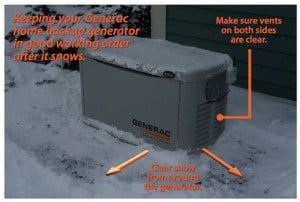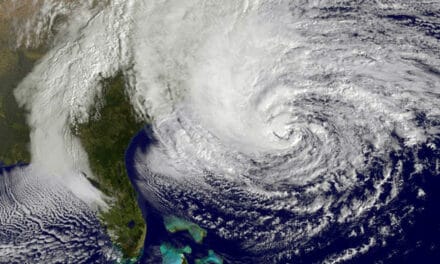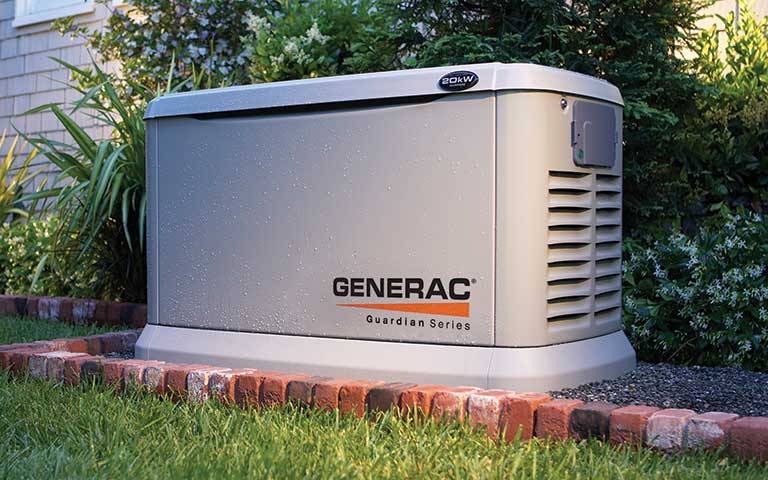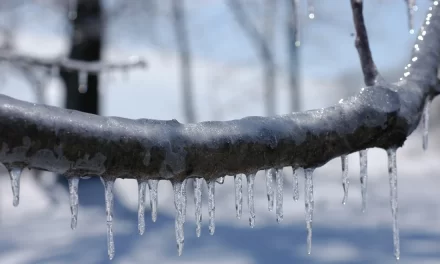Powerful Low Pressure off the East Coast Will Affect New England Through Thursday
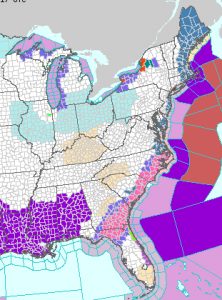
Ice and Snow will impact the East Coast from Florida through Maine
For the first time in four years, the National Weather Service has issued a winter storm warning in Northeast Florida. A narrow strip that begins east of Gainesville through Jacksonville, Florida and up along the coast of Georgia, South Carolina, through Bern, North Carolina will receive freezing rain and sleet with ice accumulations up to 1/4-inch from late Tuesday night through Wednesday.
The National Weather Service has not issued a winter storm warning for Florida since Winter Storm Leon tangled traffic, stranded commuters, and brought numerous power outages to Metropolitan Atlanta, Georgia.
A powerful low-pressure system developing off the East Coast will bring subfreezing temperatures along with freezing rain, sleet, and snow to the East Coast.
The freezing rain and sleet will continue through Wednesday in Florida as a wintry mix and snow spread into the coastal regions of Georgia, South and North Carolina, and parts of Virginia on Wednesday. The wintry mix will gradually change over to snow before the storm wraps up on Thursday.
La Niña: Bitter Cold – Snow – Ice Forecast from Southeast to Northeast
As the rain, sleet, and snow in the South begin to subside, low pressure off the New England Coast will intensify and bring snow to the Coastal areas of New England. The affected New England areas are under a winter storm watch except for Boston, Massachusetts where heavy snow is expected.
Blizzard and Near-Blizzard Conditions Expected.
Most of Coastal New England may experience Near-Blizzard conditions on Thursday with blizzard conditions possible across the entire state of Maine and large portions of New Hampshire.
Storm Preparations
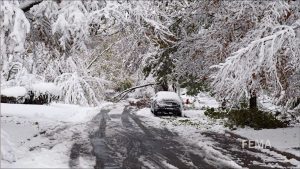
Ice and Snow, Damaged Trees and Power lines, and Hazardous Travel following a New England Nor’Easter.
In the affected areas, perform last-minute shopping with enough non-perishable food and supplies to last three to five days before the storm strikes late Tuesday evening or Wednesday. Check prescription medicines and supplies and restock if necessary. Don’t forget that pets need food and water as well. Bring pets indoors. Pets unaccustomed to winter weather need protection. Charge cell phones and extra cell phone batteries.
Prepare with Winter Emergency Checklists and Kits for Homes and Cars
Ensure fresh supplies of fuel for portable generators used for Emergency Power. Start and run portable generators for five minutes to ensure they are ready when needed. Portable Generators need protection from rain and snow. Never operate generators indoors or in any building.
Warning: Never Operate a Portable Generator Indoors. Carbon Monoxide in the Exhaust Can Kill in Minutes.
Portable Generator Safety Rules to Live By
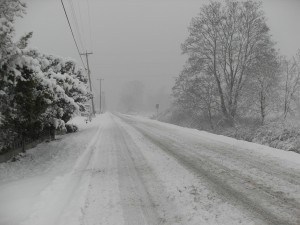
Winter Storms can Make Travel Hazardous and Leave Your Home Vulnerable.
Travel, including local travel, becomes difficult and dangerous once freezing rain arrives. Driving in blizzard or near-blizzard conditions is difficult at best and impossible during a white out. Restrict travel unless absolutely necessary.
If you must drive:
- Delay travel plans if at all possible.
- Slow down.
- Allow plenty of time to reach your destination.
- Double Stopping Distance in snow. Triple on ice.
Black ice forms when temperatures hover around the freezing mark. It is hard to see and often goes unnoticed until the car is sliding out of control. Stay aware and slow down.
If you rely on water from a private well, secure 5 gallons of water for each person – enough to last for five days. Prepare for power outages with blankets and candles. Charge cell phones and keep them charged.
Power Outages
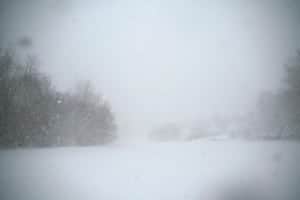
Near-Blizzard Conditions Make Travel Difficult as earth and sky blend into a single shade of gray-white with little or no depth perception or characteristics to distinguish them.
Ice storms or a wintry mix often bring unexpected power outages. It doesn’t take much ice accumulation to break tree branches or add enough weight to utility lines to cause them the snap. Utility response times go down because there are so many outages to repair. Snow and ice-covered roads, downed trees, and traffic accidents add to delays. In the winter, no power means no heat. Besides a cold and uncomfortable home, power outages cause other problems.
The best defense against winter power outages and the trouble they bring is a home standby generator. They work automatically by instantly detecting a power outage. Within seconds, they start and switch the home off the utility lines and begin supplying power from the generator. They use natural gas or propane and eliminate the constant refueling associated with portable generators. No one must go outside in the dark to set up and connect extension cords in the rain or snow. They run in all kinds of weather from hurricanes to ice storm to blizzards.
During and after a snow storm, clear snow away from the standby generator to keep grills and air intakes free of snow.
Protect portable generators from rain and snow, but don’t run them indoors. Use heavy-duty extension cords made for outdoor use or a generator power cord. It’s also a good idea to secure the generator from theft.
Use cell phones sparingly to conserve battery power. A few fully charged spare batteries will get you through most power outages. Bookmark your local weather and news stations to keep you up to date on the weather. An NOAA weather radio will pay for itself the first time you need it with local alerts from the National Weather Service and other emergency agencies.
If the power does go out and you are without heat during sub-freezing weather, open your faucets to allow a trickle of water to run. This prevents pipes from freezing, especially those along outside walls.
Winter storms are a fact of life throughout many areas of the United States. Even where they are not common, they do happen as with Winter Storm Grayson in 2018 or Winter Storm Leon in 2014. Be prepared and you’ll weather the storm.


